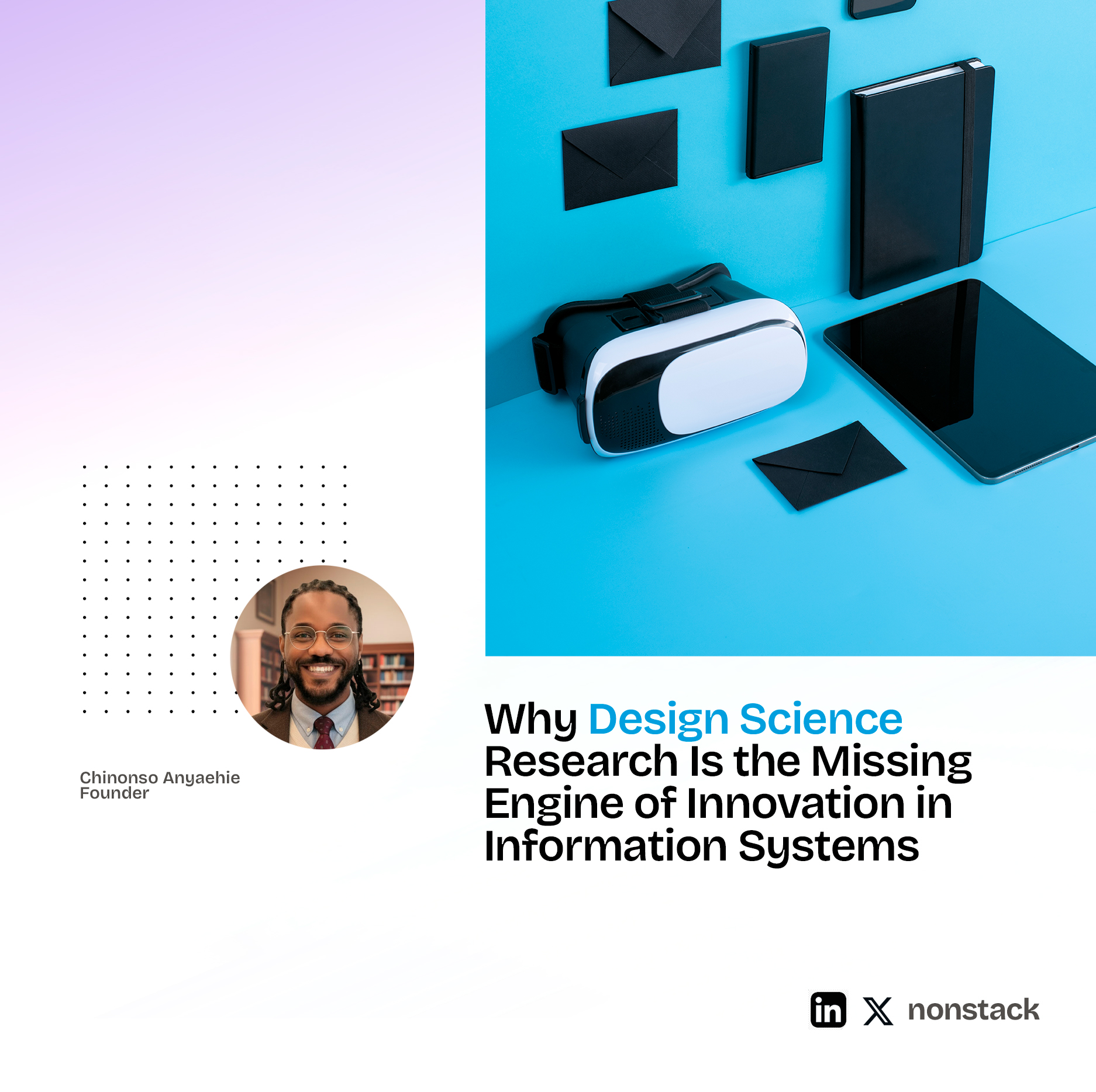Introduction to Agency Theory
Agency theory examines the relationship between principals (those who delegate work) and agents (those who perform work on behalf of the principals). The fundamental assumption of agency theory is that the goals of principals and agents are not inherently aligned. Agents may prioritize their own interests, which can lead to shirking responsibilities or engaging in activities that do not benefit the principal.
Key Assumptions
- Goal Misalignment: Principals and agents have different objectives.
- Agent Self-Interest: Agents may act in ways that benefit themselves at the expense of the principal.
- Information Asymmetry: Agents often have more information about their actions than principals do.
Organizations as a Nexus of Principal-Agent Contracts
Rather than viewing organizations as unified, profit-making entities, agency theory conceptualizes them as a nexus of various principal-agent contracts. Each relationship within the organization—between shareholders and managers, managers and employees, or even companies and their suppliers—can be seen through the lens of principal-agent dynamics.
Implications
- Success Factors: An organization’s success depends on how well agents’ actions align with principals’ interests.
- Agency Problems: Misalignment leads to inefficiencies, wasted resources, reduced profitability, and lower overall performance.
- Contract Design: The central challenge is to design optimal contracts that mitigate agency problems by aligning incentives.
The Agency Problem
The agency problem arises when agents do not act in the best interests of principals. This misalignment can occur in various forms and relationships within and outside an organization.
Examples of Agency Relationships
- Shareholder and CEO
- Principal: Shareholder aiming to maximize share value.
- Agent: CEO who may have different personal objectives.
- Agency Problem: CEO may prioritize personal power, prestige, or short-term gains over long-term shareholder value.
- Manager and Employee
- Principal: Manager seeking to achieve organizational goals.
- Agent: Employee who may shirk responsibilities.
- Agency Problem: Employee might minimize effort or prioritize personal tasks over organizational objectives.
- Individual and Auto Insurance Company (Moral Hazard)
- Principal: Insurance company wanting to minimize claims.
- Agent: Policyholder who may engage in riskier behavior because they are insured.
- Agency Problem: Policyholder’s incentive to take risks increases, leading to higher costs for the insurer.
Designing Contracts to Mitigate Agency Problems
To align the interests of principals and agents, organizations employ two primary types of contracts: behavioral control and outcome control.
1. Behavioral Control
Definition: The principal monitors the agent’s behavior to ensure compliance with desired actions and procedures.
Methods of Behavioral Control
- Supervision: Hiring supervisors or managers to oversee employees.
- Surveillance Systems: Installing cameras or tracking software.
- Accounting Systems: Using financial controls to track activities.
Challenges
- Costly: Requires significant resources to monitor agents continuously.
- Invasive: May lead to reduced morale or trust issues.
- Limited Scope: Difficult to monitor all aspects of behavior, especially in complex tasks.
2. Outcome Control
Definition: The principal sets specific goals or outcomes for the agent to achieve and provides rewards based on performance.
Methods of Outcome Control
- Commission-Based Pay: Agents receive compensation tied to sales or performance metrics.
- Performance Bonuses: Rewards given upon meeting or exceeding targets.
- Goal Setting: Establishing clear, measurable objectives.
Challenges
- Risk Transfer: Agents bear more risk, as outcomes may be affected by external factors beyond their control (e.g., economic downturns).
- Incentive Misalignment: Agents may focus solely on measurable outcomes, neglecting other important but non-measured aspects of performance.
- Potential for Unethical Behavior: Agents might engage in short-term or risky actions to meet targets.
Costs Associated with Agency Theory
To address agency problems, organizations incur various costs, collectively known as agency costs.
1. Monitoring Costs
Definition: Expenses incurred by the principal to oversee, monitor, and control the agent’s behavior.
Examples:
- Hiring supervisors and auditors.
- Implementing surveillance and compliance systems.
- Developing detailed reporting procedures.
2. Bonding Costs
Definition: Costs borne by the agent to assure the principal of their commitment to the principal’s goals.
Examples:
- Preparing detailed reports on activities (e.g., daily sales reports).
- Undergoing training and certification.
- Adhering to strict compliance and documentation requirements.
3. Residual Loss
Definition: The loss that remains even after implementing monitoring and bonding mechanisms, due to imperfect alignment.
Cause:
- Agents may still engage in self-serving behaviors despite oversight.
- Limitations in monitoring capabilities or information asymmetry.
4. Decision Information Costs
Definition: Costs associated with transmitting relevant information to decision-makers within the organization.
Impact:
- Affects the efficiency of decision-making processes.
- Increases with organizational complexity and size.
- Higher when decisions are centralized, requiring information from various parts of the organization.
Centralization vs. Decentralization of Decision-Making
Organizations must choose between centralizing decisions at higher levels or decentralizing them closer to operational activities. This choice affects agency costs and decision information costs.
Centralization
Characteristics:
- Decisions are made by top management or central authorities.
- Standardization and uniformity in decision-making.
Impact on Costs:
- Agency Costs: Decrease, as there are fewer agents making decisions that could diverge from principals’ interests.
- Decision Information Costs: Increase, since information from the operational level must be transmitted to the decision-makers at the top.
Challenges:
- Slower decision-making due to information bottlenecks.
- Potential for information distortion or loss during transmission.
Decentralization
Characteristics:
- Decision-making authority is delegated to lower-level managers or employees.
- Greater flexibility and responsiveness to local conditions.
Impact on Costs:
- Agency Costs: Increase, as more agents have decision-making power, requiring more monitoring.
- Decision Information Costs: Decrease, since decisions are made where the information is readily available.
Challenges:
- Risk of inconsistent decisions across the organization.
- Potential misalignment with overall organizational objectives.
Trade-Off
Organizations must balance the increase in agency costs associated with decentralization against the increase in decision information costs associated with centralization.
Transaction Cost Economics
Transaction cost economics examines the cost of participating in a market. These costs can be reduced by altering organizational structures, such as through vertical integration.
Vertical Integration
Definition: Incorporating upstream suppliers or downstream distributors into the firm’s structure, effectively internalizing transactions that were previously conducted in the market.
Impact on Costs:
- External Coordination Costs (Transaction Costs):
- Decrease: By internalizing transactions, firms reduce the costs associated with negotiating, enforcing, and monitoring external contracts.
- Reduction of Opportunistic Behavior: Within a firm, agents are less likely to act opportunistically compared to market transactions.
- Internal Coordination Costs:
- Increase: As the firm grows larger vertically, it must manage more internal processes, leading to higher agency costs and decision information costs.
- Production Costs:
- Increase: Hierarchies often have higher production costs than specialized market suppliers due to less specialization and economies of scale.
Markets vs. Hierarchies
- Market Transactions:
- Advantages: Lower production costs due to specialization and competition.
- Disadvantages: Higher transaction costs from negotiating and enforcing contracts; higher risk of opportunistic behavior.
- Hierarchical Control:
- Advantages: Lower transaction costs and reduced risk of opportunism.
- Disadvantages: Higher internal coordination and production costs.
Graphical Representation of Costs and Firm Size
Understanding the relationship between firm size and various costs helps in determining the optimal firm size.
Cost Curves
- External Coordination Costs Curve:
- Downward Sloping: As vertical size increases, external coordination costs decrease due to internalization of transactions.
- Internal Coordination Costs Curve:
- Upward Sloping: Internal coordination costs increase with the firm’s vertical size due to higher agency and decision information costs.
- Production Costs Curve:
- Upward Sloping: Production costs increase with vertical integration because internal production is often less efficient than market suppliers.
- Total Cost Curve:
- U-Shaped: The sum of external coordination, internal coordination, and production costs.
Optimal Firm Size
- Determined at the Minimum Point of the Total Cost Curve: Where the marginal increase in internal coordination and production costs equals the marginal decrease in external coordination costs.
Impact of Information Technology (IT) on Costs and Firm Size
Information technology can significantly influence both internal and external costs, thereby affecting the optimal firm size.
Reduction of External Coordination Costs
- Electronic Markets: IT enables efficient market transactions through online platforms, reducing transaction costs.
- Result: Firms may choose to outsource more functions, leading to smaller firm sizes.
Reduction of Internal Coordination Costs
- Improved Communication: IT facilitates better information flow within the organization.
- Automation: Processes can be automated, reducing agency and decision information costs.
- Result: Firms can manage larger operations more efficiently, potentially leading to larger firm sizes.
Net Effect
- Depends on Which Costs are Reduced More Significantly:
- If External Coordination Costs are Reduced More: Firms may become smaller, relying more on market transactions.
- If Internal Coordination Costs are Reduced More: Firms may become larger, internalizing more functions.
Vertical vs. Horizontal Firm Size
Firm size can increase either vertically (through vertical integration) or horizontally (by expanding into new markets). Each has different implications for costs.
Vertical Size (Vertical Integration)
Characteristics:
- Bringing more stages of production or distribution into the firm.
- Reducing reliance on external suppliers or distributors.
Impact on Costs:
- Internal Coordination Costs:
- Increase: More complex internal processes require additional management and coordination.
- External Coordination Costs:
- Decrease: Fewer external transactions reduce negotiation and enforcement costs.
- Production Costs:
- Increase: Internal production may lack the efficiencies of specialized market suppliers.
Predictability: Vertical integration has more predictable effects on costs due to the direct trade-off between internal and external coordination costs.
Horizontal Size (Market Expansion)
Characteristics:
- Expanding into new markets or increasing market share.
- Offering more products or services to a wider customer base.
Impact on Costs:
- Internal Coordination Costs:
- Increase: Managing a broader range of products and markets adds complexity.
- External Coordination Costs:
- Variable: May increase due to more interactions with customers and partners or decrease if processes are standardized.
- Production Costs:
- Decrease: Economies of scale and scope reduce average costs.
Unpredictability: Horizontal expansion has variable effects on costs, depending on specific circumstances.
Economies of Scale and Scope
Economies of Scale
Definition: Cost advantages realized when production becomes efficient, as the cost of producing each additional unit falls with increasing scale.
Implications:
- Lower Average Costs: Spreading fixed costs over a larger number of units.
- Increased Bargaining Power: Bulk purchasing of materials at lower prices.
Economies of Scope
Definition: Cost advantages realized by producing a variety of products using the same operations.
Implications:
- Shared Resources: Utilizing the same equipment or facilities for multiple products.
- Diversification Benefits: Spreading risk across different products or markets.
Examples and Clarifications
Examples of Horizontal Expansion and Costs
- Company A expands into multiple markets, achieving economies of scale but faces increased internal coordination costs due to complexity.
- Company B standardizes processes across markets, reducing external coordination costs despite horizontal growth.
Firm Growth Patterns
- Vertical Growth: Company integrates suppliers, increasing internal coordination costs but reducing external transaction costs.
- Horizontal Growth: Company enters new markets, potentially reducing production costs through economies of scale but possibly increasing external coordination costs.
Conclusion
Agency theory provides a framework for understanding the complexities of principal-agent relationships within organizations. By recognizing the inherent goal misalignments and information asymmetries, organizations can design contracts and structures to mitigate agency problems.
Key Takeaways
- Alignment of Interests: Essential for organizational efficiency and success.
- Contract Design: Behavioral and outcome controls are tools to align agents with principals.
- Cost Management: Balancing internal coordination costs (agency and decision information costs) and external coordination costs (transaction costs) is crucial.
- Strategic Organizational Decisions:
- Centralization vs. Decentralization: Trade-offs between agency costs and decision information costs.
- Vertical Integration: Weighing internal coordination and production costs against external transaction costs.
- Horizontal Expansion: Leveraging economies of scale and scope while managing increased complexity.
- Impact of Information Technology: IT can alter cost structures, influencing decisions on firm size and structure.
Final Thoughts
Organizations must carefully consider their structure and the design of principal-agent relationships to optimize performance. By understanding the trade-offs and costs associated with different organizational choices, firms can make informed decisions that align with their strategic objectives.
Additional Insights
- Moral Hazard in Insurance: Insurance companies mitigate agency problems by using monitoring devices to encourage safe driving behaviors.
- Operational Risks in Vertical Integration: Internalizing operations can introduce new risks and inefficiencies if the firm lacks expertise.
- Decision Information Costs in Uncertainty: High uncertainty increases decision information costs, influencing the centralization-decentralization decision.
By thoroughly understanding agency theory and its implications on organizational structure, firms can better navigate the complexities of aligning interests, managing costs, and optimizing performance in a dynamic business environment.










Leave a Reply